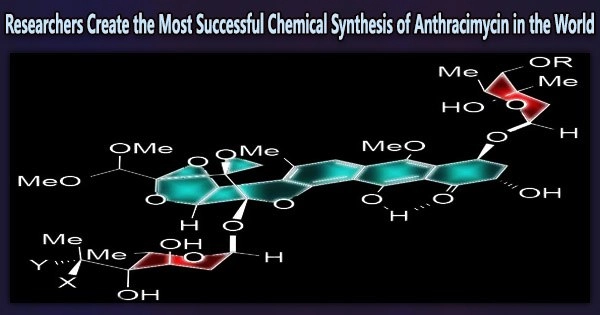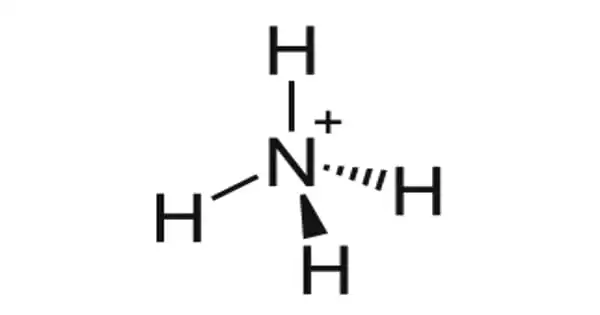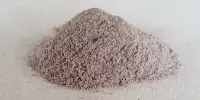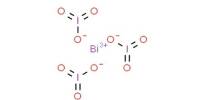The most productive chemical synthesis ever created by a research team from Hong Kong University of Science and Technology (HKUST) could produce 63 times as much of the antibiotics anthracimycin and anthracimycin B as the present process.
The discovery makes significant progress in the creation of anthracimycin-based medications to fight devastating bacterial infections brought on by superbugs and antibiotic-resistant bacteria.
Anthracimycin has attracted the interest of scientists from all around the world since it was discovered in an ocean microbe a decade ago due to its potential to treat Gram-positive bacteria, such as the notorious methicillin-resistant Staphylococcus aureus (MRSA) and the bacterium Bacillus anthracis.
Due to the bacteria’s resistance to some regularly used antibiotics, such penicillin, MRSA is one of the pathogens that is recognized for producing staph infections that are challenging to cure.
The shortage of anthracimycin availability is impeding scientists’ efforts to transform anthracimycin into a novel clinical antibiotic in order to combat the growing problem of antibiotic resistance and treatment failure.
Our novel chemical synthesis overcomes the fundamental bottleneck of limited availability of anthracimycin and enables the scientists to further study its antibiotic activity, laying the groundwork for clinical drug development. Currently, we are collaborating with a biological laboratory to synthesize a set of anthracimycin antibiotics in the hope of identifying the combination with better antibacterial activity for possible further clinical trials.
Professor Tong Rongbiao
Now, a team led by Prof. Tong Rongbiao, Associate Professor of the Department of Chemistry at HKUST and Prof. Qian Peiyuan, Chair Professor of Department of Ocean Science at HKUST, has designed a productive chemical synthesis strategy that could greatly boost the yield of anthracimycin.
The world’s shortest synthesis approach, which only requires 10 stages, not only generates 63 times as much anthracimycin than the standard procedure, but also lowers the cost because less reagent and solvent are required throughout the chemical process.
The group has also established for the first time that anthracimycin may prevent the development of MRSA biofilms. In comparison to vancomycin, which was once thought to be the last line of defense against severe infections brought on by Gram-positive bacteria, anthracimycin requires lower dosages to kill or suppress bacterial development.
Prof. Tong said, “Our novel chemical synthesis overcomes the fundamental bottleneck of limited availability of anthracimycin and enables the scientists to further study its antibiotic activity, laying the groundwork for clinical drug development.”
“Currently, we are collaborating with a biological laboratory to synthesize a set of anthracimycin antibiotics in the hope of identifying the combination with better antibacterial activity for possible further clinical trials.”
















